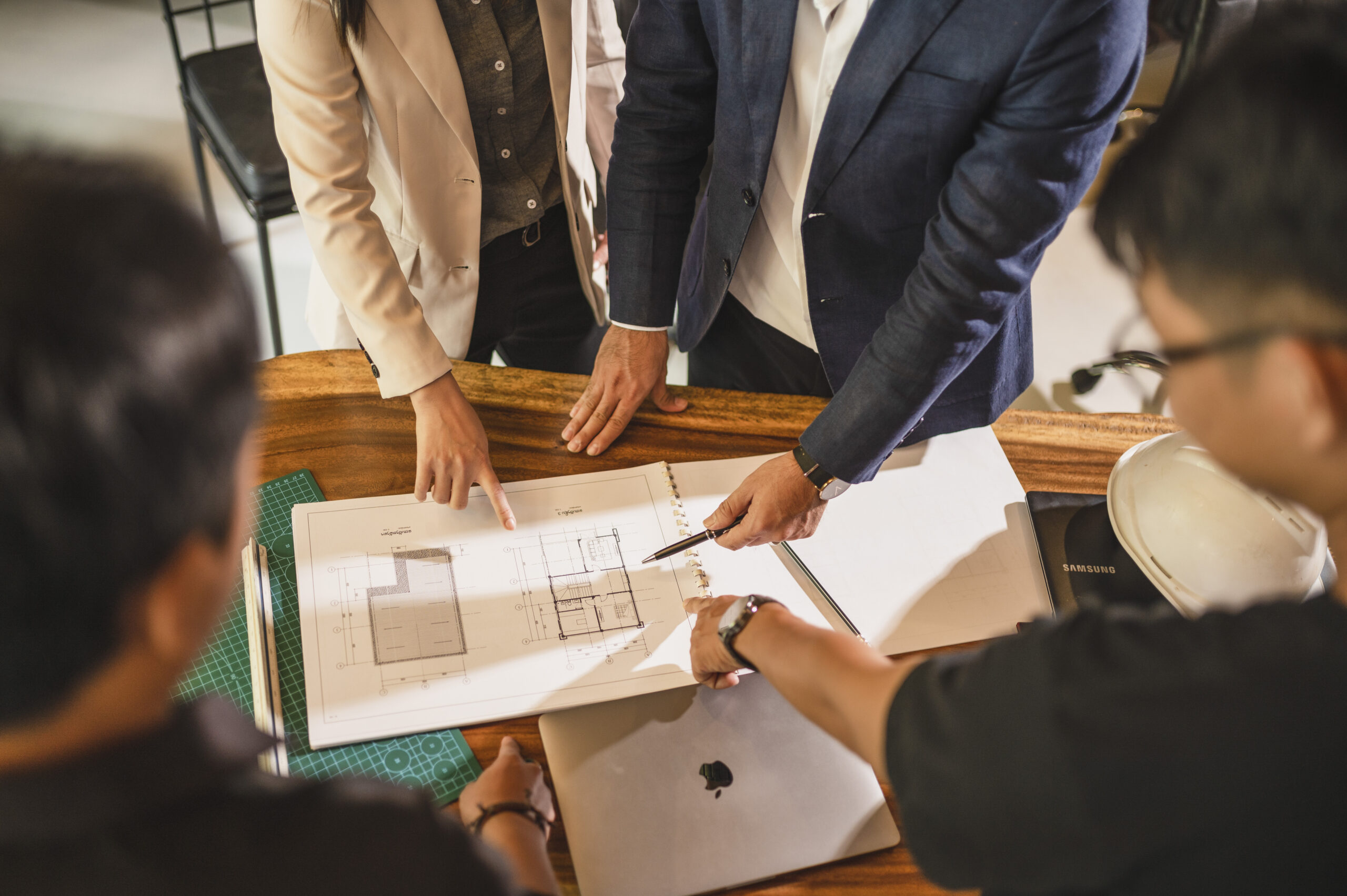FF&E stands for Furniture, Fixtures, and Equipment in the context of interior design. When an interior designer engages in FF&E design, they select and specify the furniture, fixtures, and equipment used in a space to enhance its functionality, aesthetics, and overall design. Here’s an overview of the FF&E design process:



